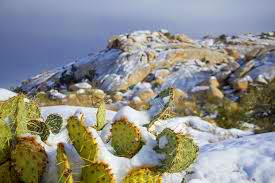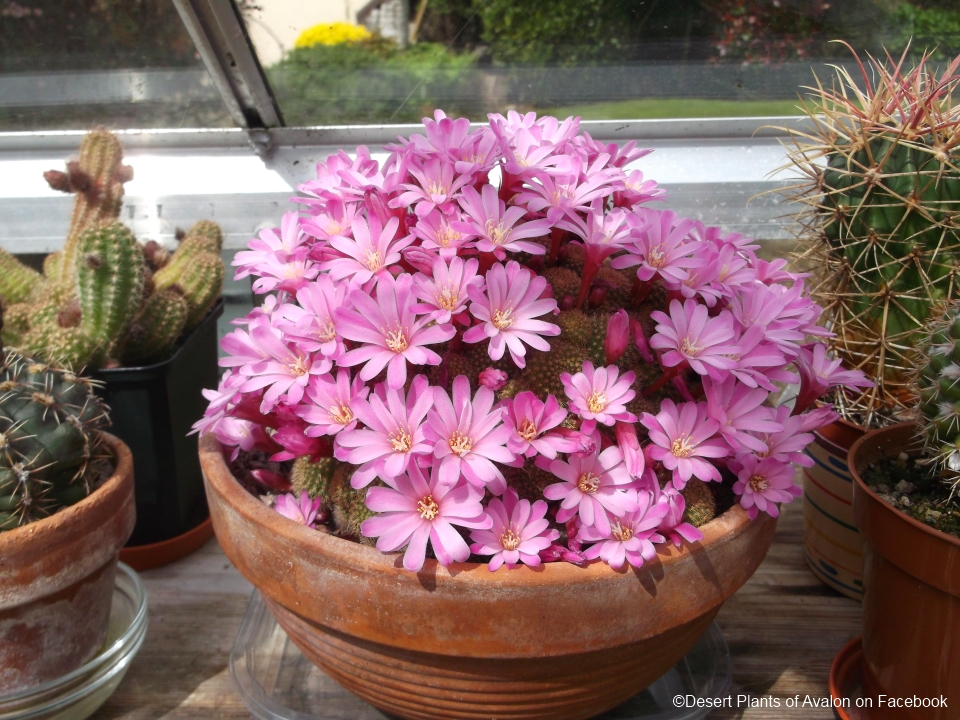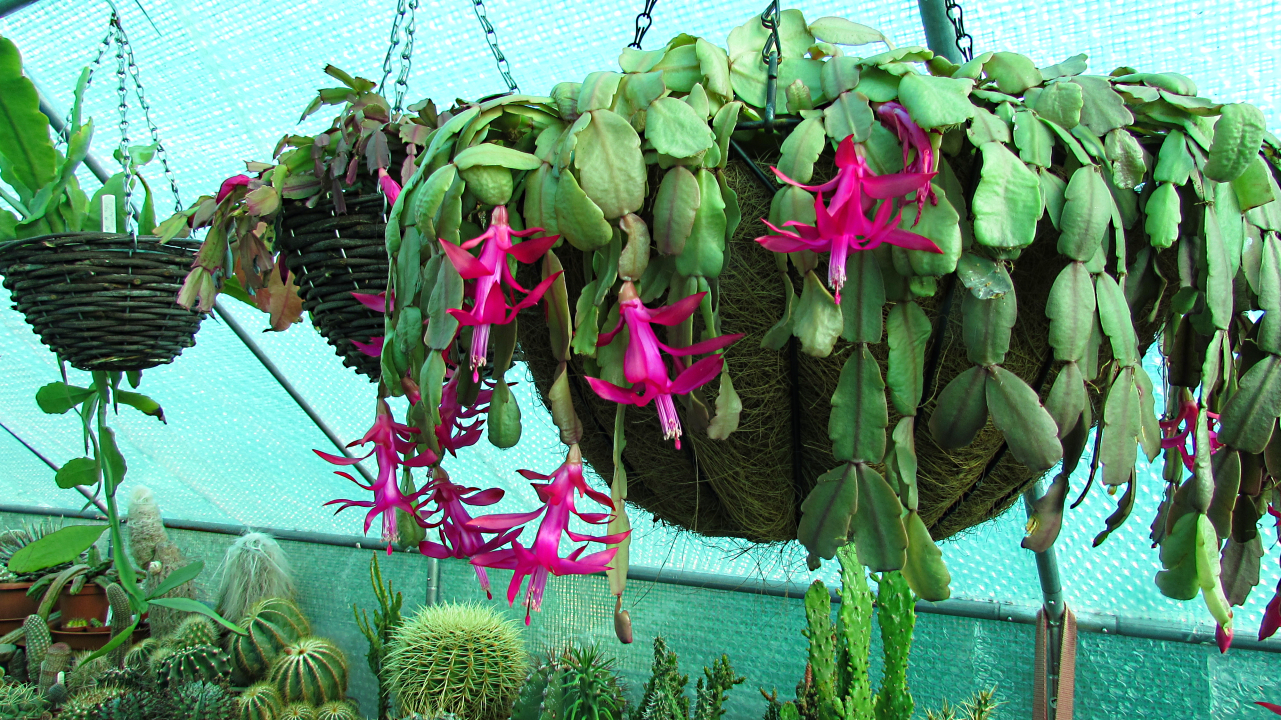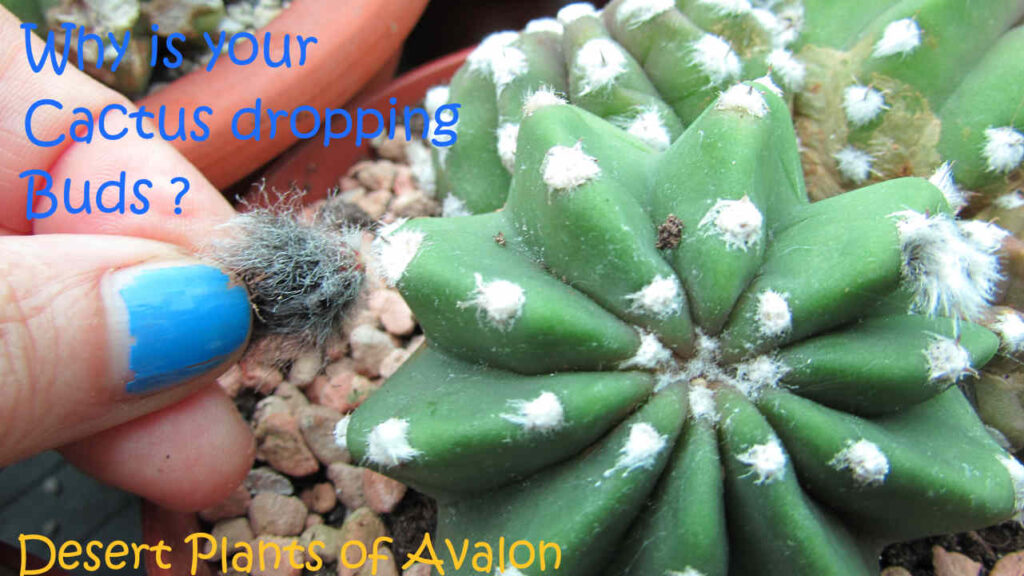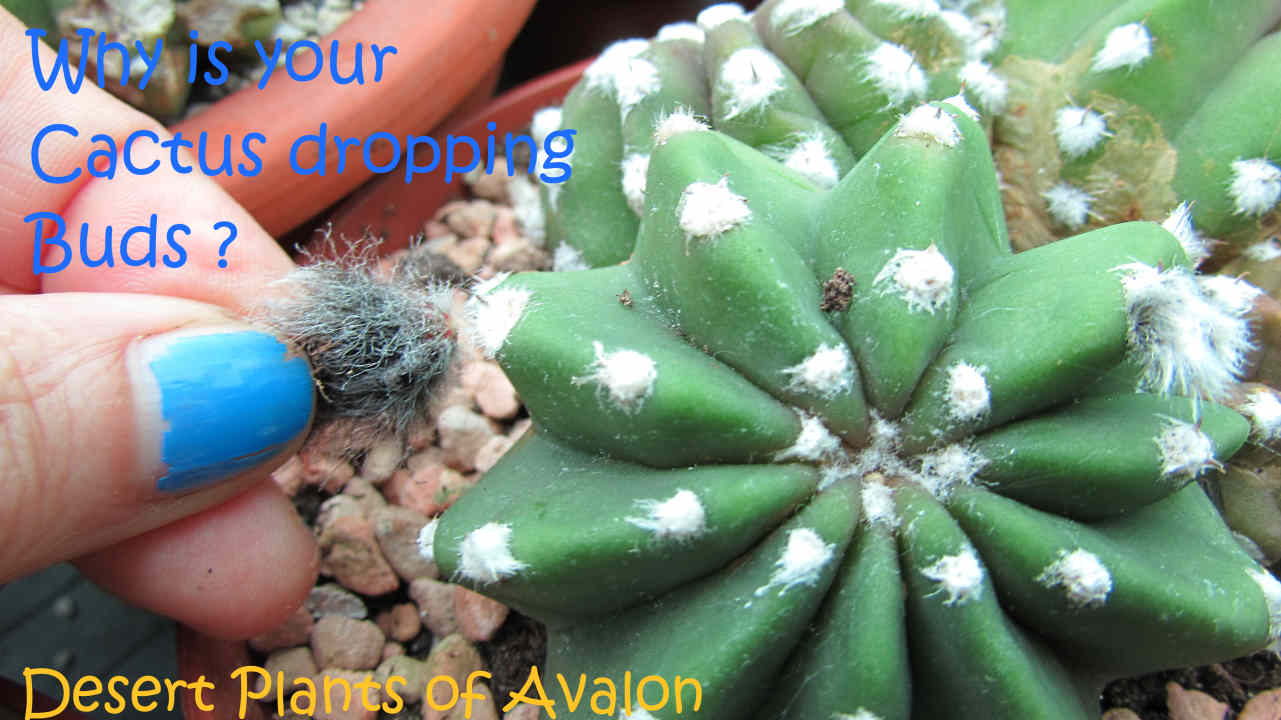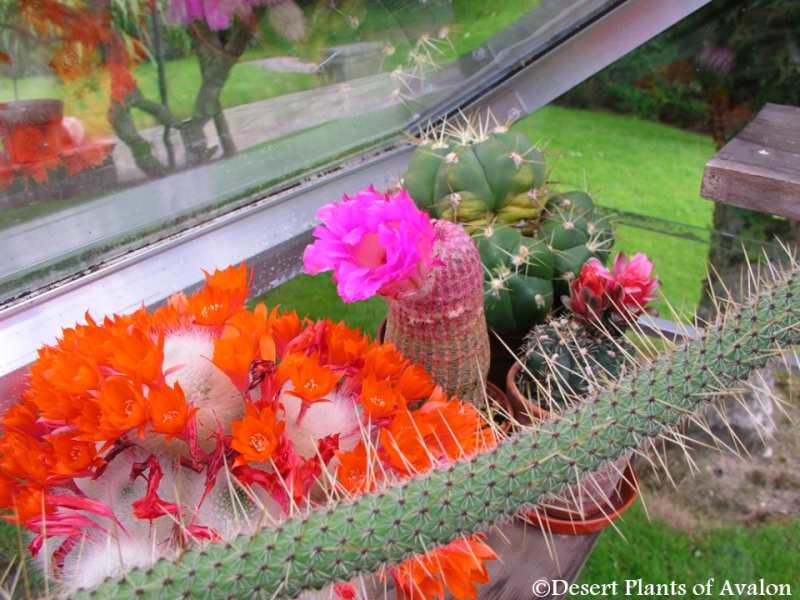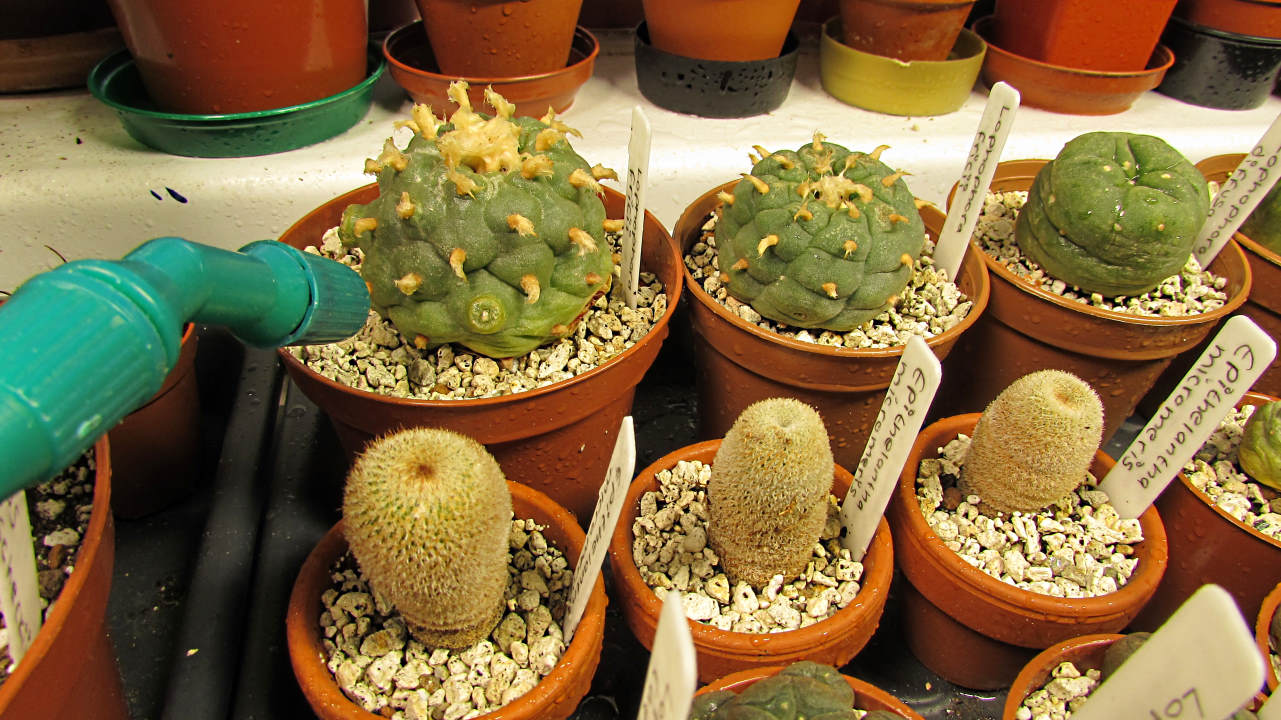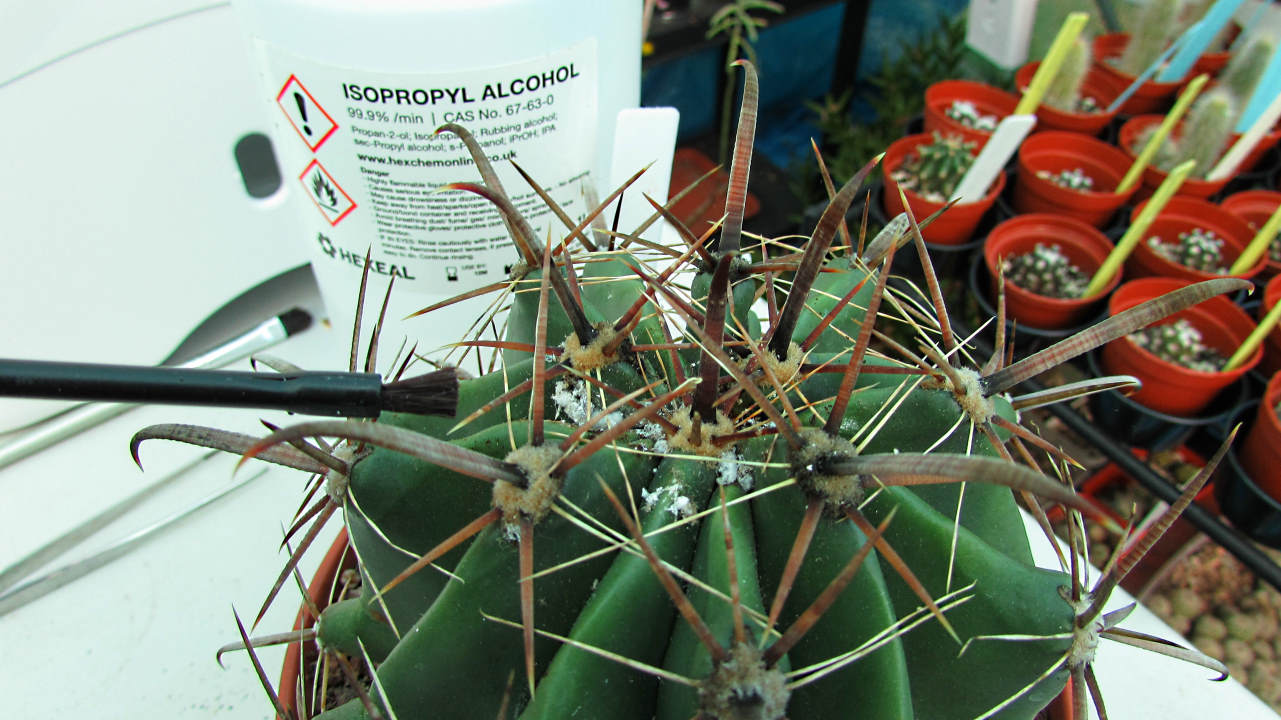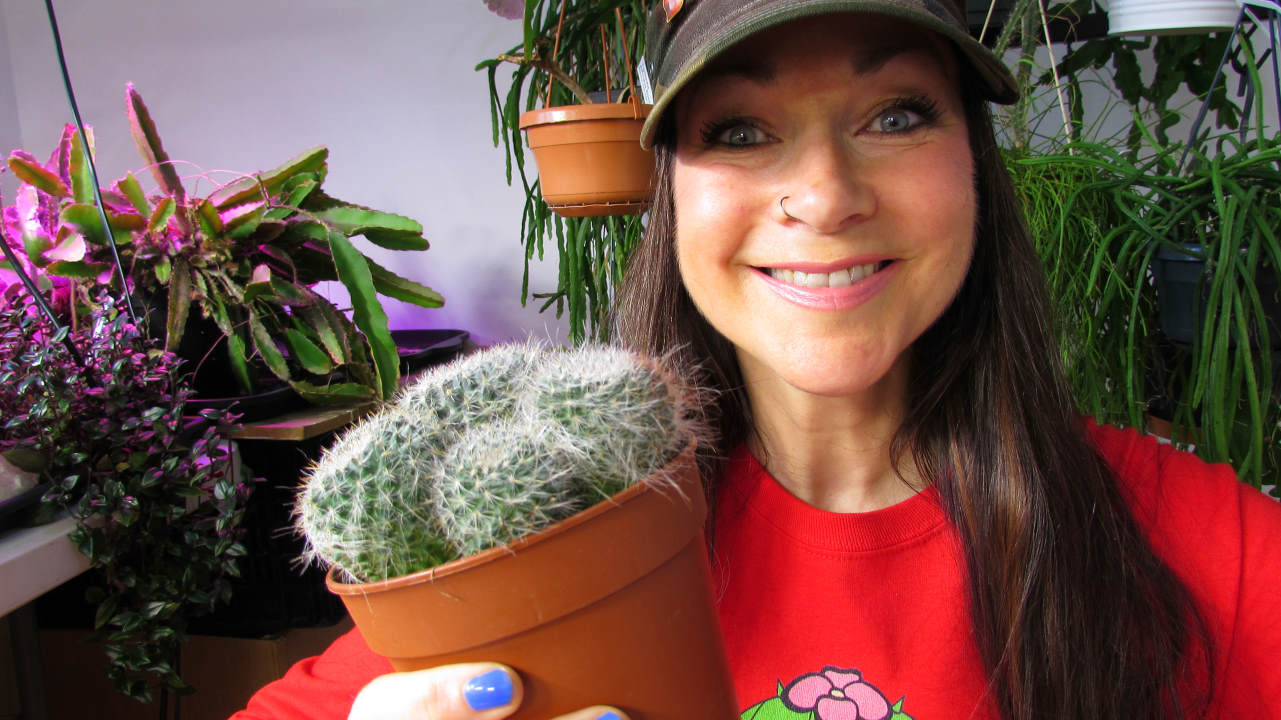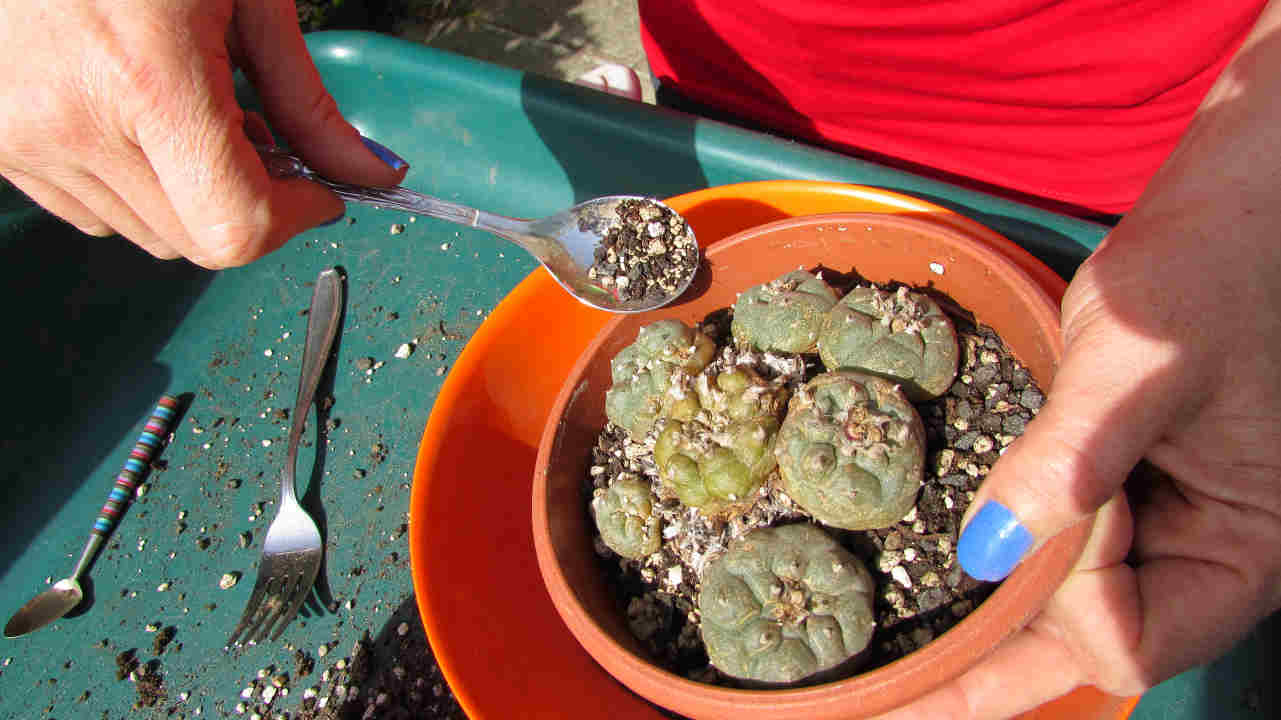Hi Cacti and Succulent Growers, I hope that everyone is having a wonderful start to 2024 so far, I had a wonderful end to 2023 by putting away and arranging all of my cacti and succulent plants into our wonderful new Polytunnel that we got at the end of October, and I have been busy planning ahead for all of the plant jobs I want to do for the growing season and I am really looking forward to the upcoming Spring, I am itching to start watering my Cacti, but its still only February and I have to be patient haha.
My partner Hans and I are so happy with our new polytunnel that we got from Polytunnelsni here in Northern Ireland, its 12 feet wide and 18 feet long, and its got a clear cover making it so much lighter inside than our previous polytunnel that had a green cover, it also passed the test last month in January when we had two very severe storms with up to 70mph strong gale force winds, the polytunnel never moved an inch and passed the strong storms with flying colours.
I am so looking forward to seeing how my cacti and succulents grow this spring and summer with the extra light inside this new polytunnel.
Here are some photos of the plants inside our new Polytunnel and I will keep you all updated how the plants grow and flower this year inside this new tunnel.
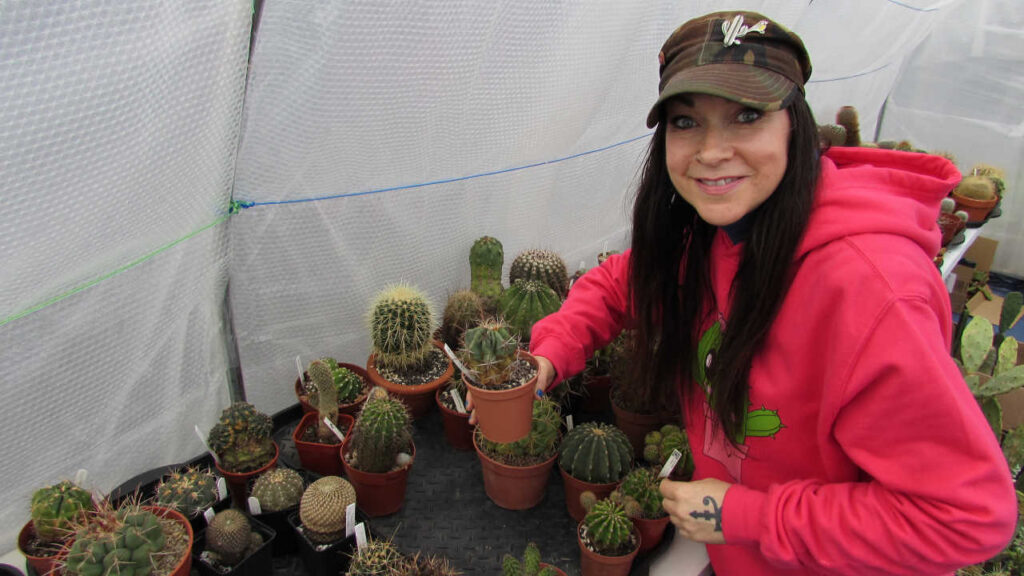
Me in my absolute element putting all the plants away and re arranging them all in the polytunnel.
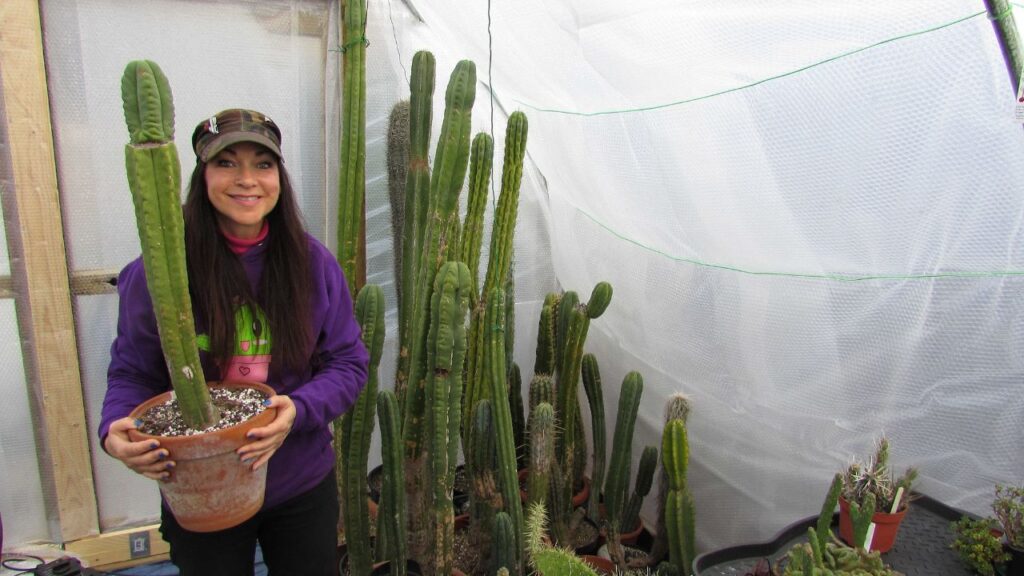
This new Polytunnel is a fantastic height 7ft high, making it so much better for all the cereus cacti.
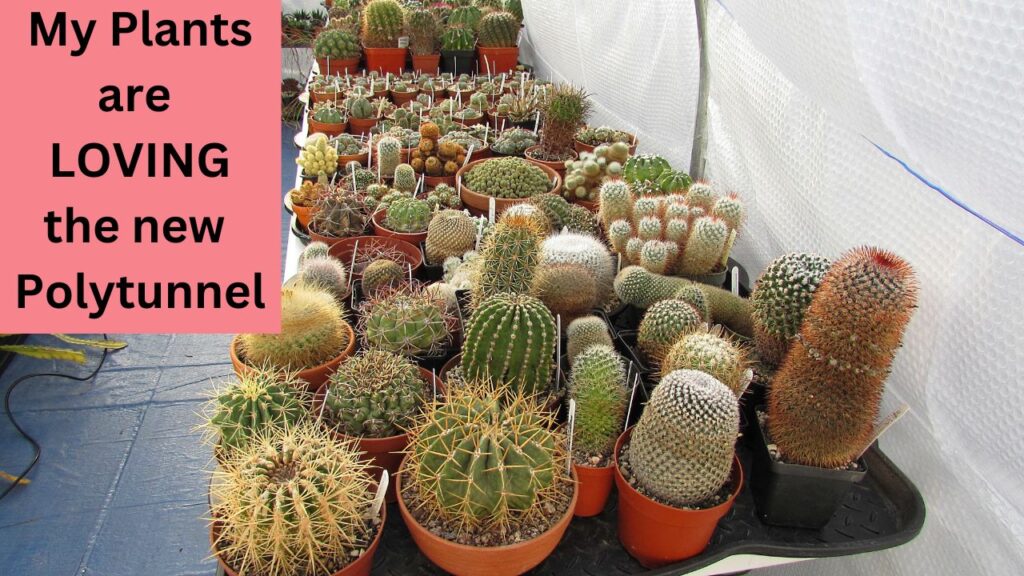
My Plants really are really loving their new home.
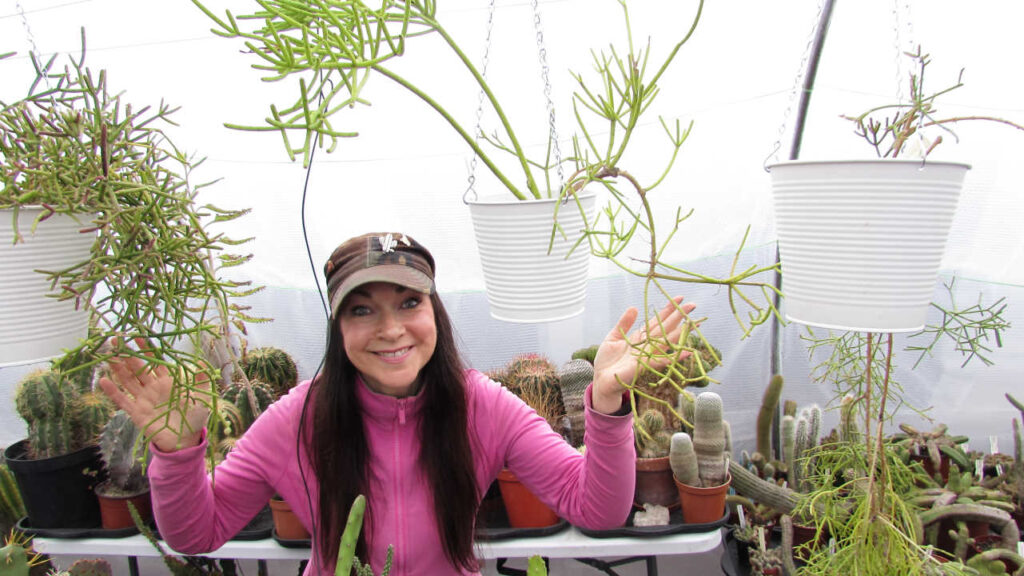
The Polytunnel has Crop bars making it perfect for the hanging cactus and succulent plants.
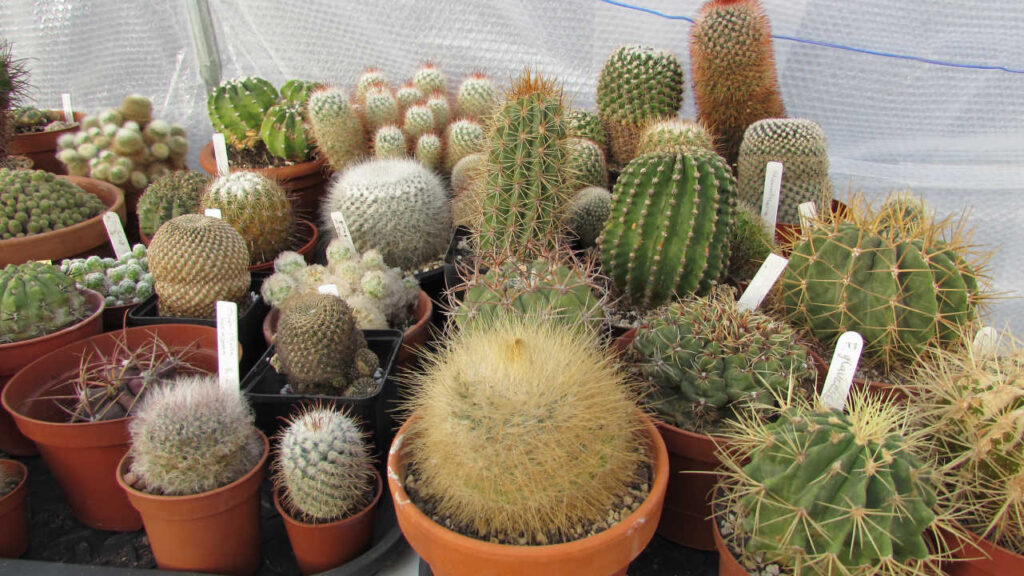
I am so looking forward to seeing how the plants grow and flower this Spring and Summer with the extra light.
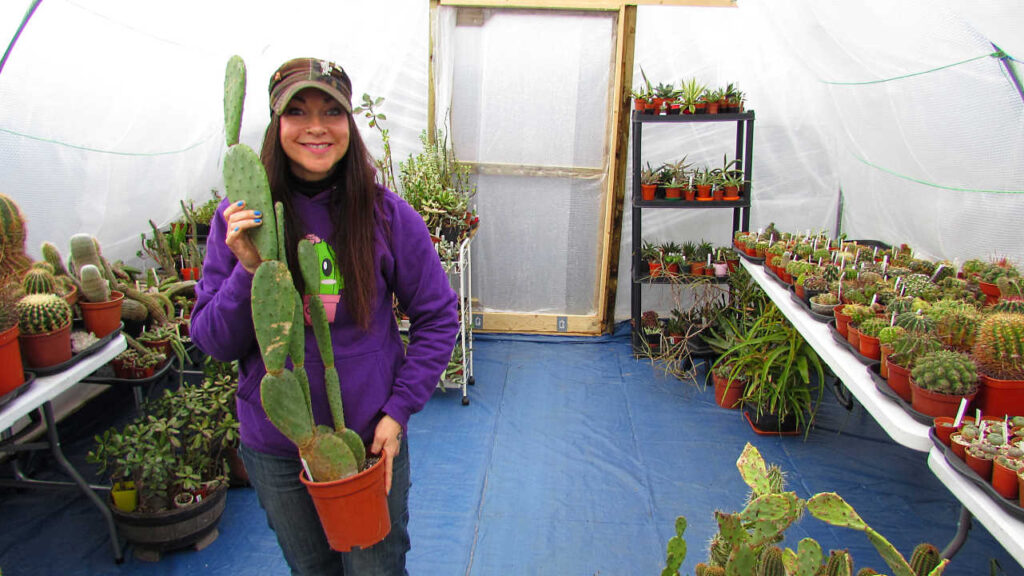
This Polytunnel is 2 feet wider than our previous one and its amazing how much more space there is inside.
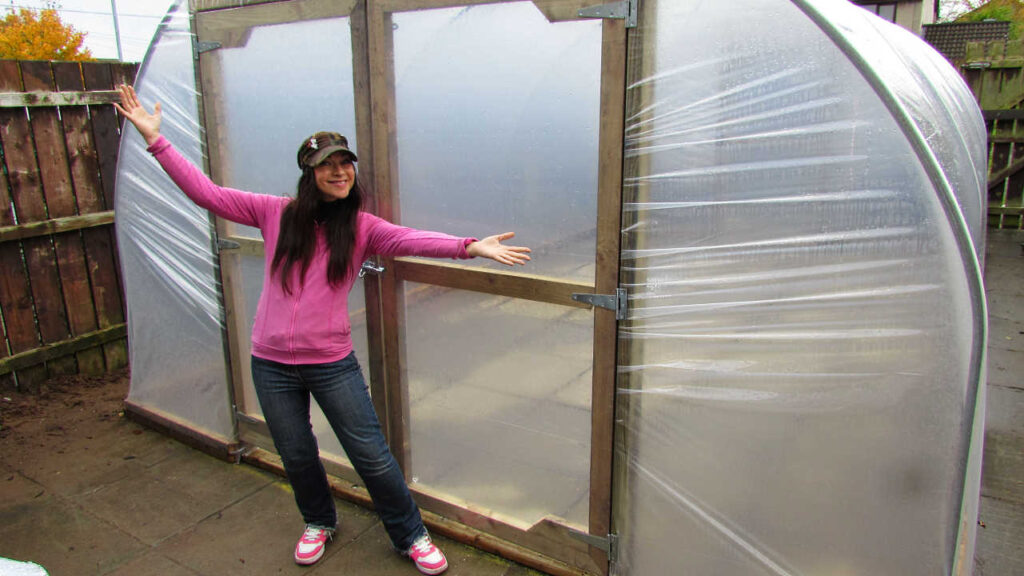
Me on the day the polytunnel was put up, I was like a big kid haha, Wayne from Polytunnelsni and his assistant did an amazing job of putting up the polytunnel and we are very happy with it.
If you haven’t done already then please consider subscribing to my Cactus and Succulent You Tube Channel called Desert Plants of Avalon, I share lots of tips and tricks on how to care for your Cacti and Succulents.
We are through the other side of Winter now its February and that means YIPPPPPPEEEEE! yes Spring is soon coming haha.
Sending you all lots of love and PLANT POWER from the Emerald Isle.

